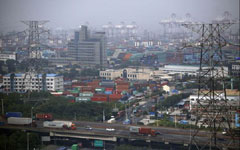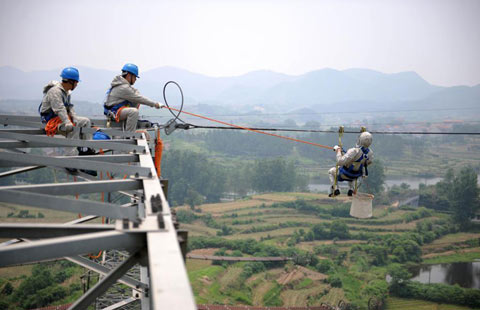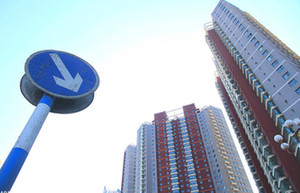FTZ needs predictable reforms
By Li Yang (China Daily) Updated: 2014-06-17 07:03The most prominent achievement of the China (Shanghai) Pilot Free Trade Zone since its establishment last September is a long "negative list", the first such list in China, which was widely praised in the media as a signal that the government will cut red tape.
 |
 |
But the list, consisting of nearly 200 "don'ts", is actually a compilation, as the list's drafters have admitted, of the banned businesses appearing in all current policies, decrees and laws. The FTZ will cut it by one-third soon.
Most of the 10,000 enterprises registered in the FTZ are disappointed with the slow pace of reform.
The FTZ administration's moves to simplify business registration rules and investment and trade activities are actually common in many other places in China.
Any fundamental changes in customs, banking and financial administration procedures require approval from the central ministries in Beijing.
"Almost every important reform we have made is related to more than two central government departments," said Jian Danian, vice-director of administration at the FTZ. "We formed an information-exchange platform and cooperation platform with relevant ministries. Otherwise reform is difficult."
Jian is right. China's reform is no longer the task of an individual zone or a city, but a project involving all the key ministries in Beijing.
So pressing Shanghai to act as reform pioneer, a role it has never played, becomes a test of Shanghai officials' ability to coordinate different ministries.
In the late 1970s, Deng Xiaoping earmarked Shenzhen as an experimental field for China's market reform. Local officials were given considerable freedom to "cross the river by feeling the stones".
The "cultural revolution" (1966-76), which ended soon after Mao Zedong's death, taught the nation, in a costly and harsh manner, that nobody benefits from class struggle. Building a market economy became not only central to the government's work but also a national consensus.
- China's FDI inflows down 6.7% in May
- Tianjin undergoes mixed ownership economy boost
- China, Britain on 'winning course': Premier Li
- FTZ needs predictable reforms
- Foreign firms find liquid assets in water sector
- Beijing housing sales slump 35%
- Will China's housing market hit the iceberg?
- Business as usual for theme parks

















